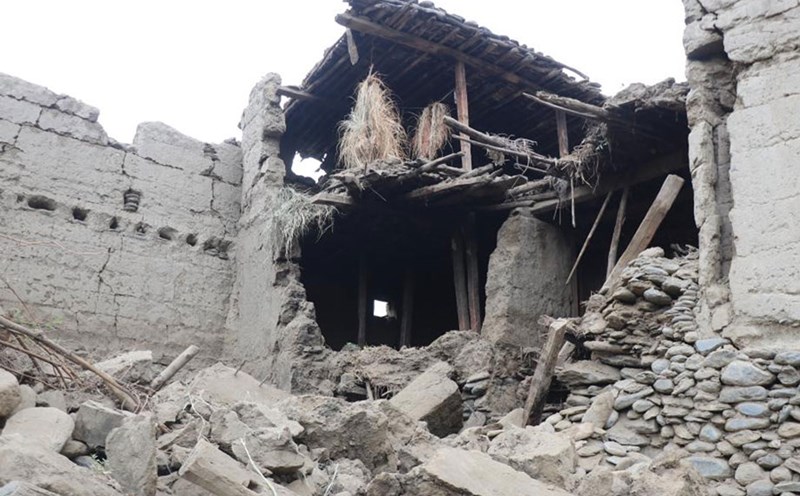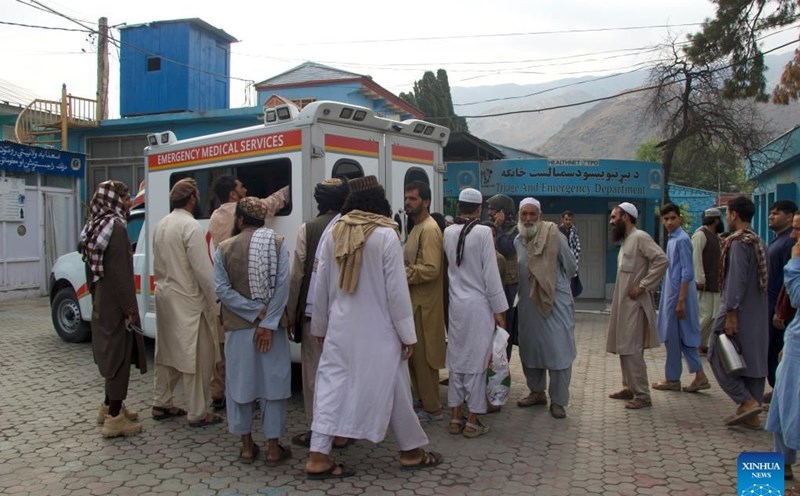On September 4, a 6.2-magnitude earthquake continued to shake southeastern Afghanistan, according to the German Center for Geological Sciences Research.
This is the third earthquake in the same area since August 31, one of which caused particularly serious damage as it claimed the lives of more than 2,200 people.
Naqib Salah Rahimi, a spokesman for the Nangarhar Provincial Department of Health, said the center of the latest earthquake was in the remote Shiwa district near the Pakistan border, with initial reports of damage in the Barkashkot area.
The 10km deep earthquake, following previous earthquakes that flattened villages in Kunar and Nangarhar provinces, left tens of thousands homeless and more than 3,600 injured.
The survivors were without shelter, while relief groups warned of running low in resources.
The Taliban said searches continue in the eastern mountainous areas affected by the earthquake, adding a new death toll of 2,205 with at least 3,640 injured.
"Everything we had was destroyed," said a resident named Aalem Jan, who lives in Kunar province, which was hit hardest.
Mr. Jan added, "The only thing left is the clothes we were wearing." This person replied while he and his family were sitting under trees with their belongings piled up next to them.
The first 6-magnitude richterlide at a depth of 10km caused widespread damage and devastation in Kunar and Nangarhar provinces on the night of August 31.
The second 5.5-magnitude earthquake on September 2 caused panic and disrupted rescue efforts as it sent rocks down the mountain and cut off roads to remote villages.
More than 6,700 homes were destroyed, and the United Nations has warned that the death toll could rise as many remain trapped under the rubble and their survival time is fading, according to authorities.











